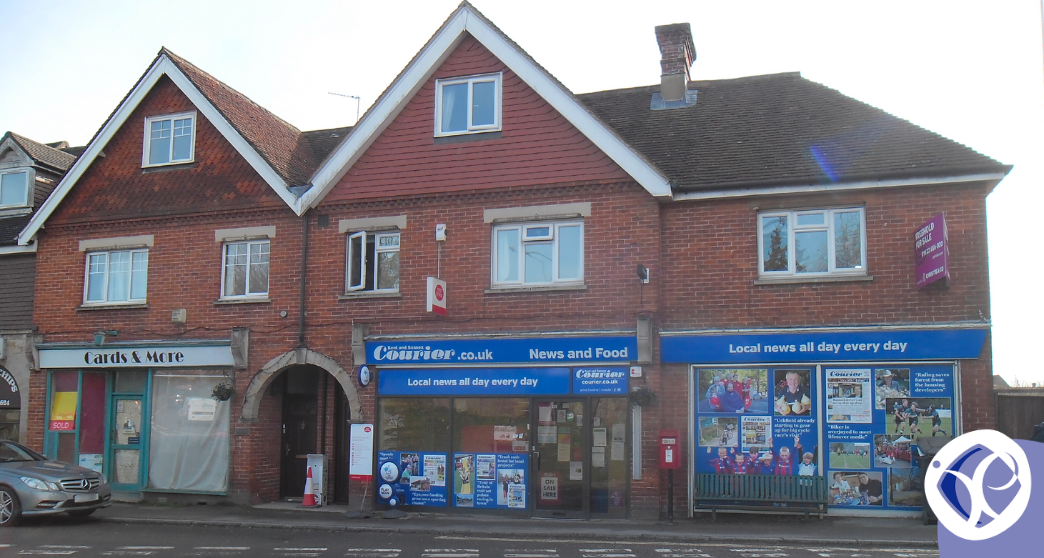Understanding specific SDLT reliefs in property taxation is vital for tax savings.
One such relief, often overlooked yet remarkably beneficial, is the Multiple Dwellings Relief (MDR) as part of Stamp Duty Land Tax (SDLT).

(Read Time: Approx. 3 minutes)
Topics Discussed:
• The strategic advantages of Multiple Dwellings Relief (MDR) in property acquisitions.
• A practical example illustrating the tax-saving potential of MDR.
MDR: A Strategic Avenue for Property Acquisition
MDR is a SDLT relief for those acquiring more than one dwelling in a single transaction, or through connected transactions.
It’s a relief designed to reduce the SDLT burden, allowing buyers to potentially save a significant sum.
Here’s the breakdown:
- The total purchase price is divided by the number of dwellings to find the average consideration per dwelling.
- SDLT is then calculated on this average figure, which is subsequently multiplied by the number of dwellings to get the total SDLT due.
- However, the catch: the total SDLT payable shouldn’t dip below 1% of the entire consideration, ensuring a fair minimum tax contribution.
When the High Rates Beckon
While MDR can be a benefit, it’s not free from conditions.
If you’re venturing into the territory of acquiring six or more dwellings, pause and ponder—MDR offers you a choice.
You can opt for the residential rates or waive MDR to benefit from non-residential rates. A decision that demands a thorough cost-benefit analysis.
Exclusions and Boundaries
Not all purchases are eligible for MDR. If a dwelling falls under the 15% SDLT rate’s umbrella, MDR doesn’t apply.
Similarly, if you’re eligible for other reliefs like charity or group relief, MDR will not be an option.
Understanding What ‘Dwelling’ Means
Legislation paints a clear picture of what constitutes a dwelling.
It’s any building (or part of it) that is, or is in the process of being, suitable for use as a single residence. This can apply to:
- A block of flats
- A self-contained annex purchased with a house
- A mixed-use property, such as a flat attached above a shop
- A subsidiary to a main residence, such as a “granny flat” (an additional, self-contained dwelling for another tenant to live, like a family member)
This criteria is essential for determining if your buildings are eligible for MDR.
An Illustrative Example
Imagine you’re eyeing a purchase of three cottages for a total of £600,000, to act as rental properties.
Without MDR, the SDLT is steep. The SDLT on the total of the three properties (so that’s the £600,000 price tag) is £35,500. This is calculated by the property having 3% SDLT on the first £250,000 (which is £7,500), and then 8% on the remaining £350,000 (which is £28,000).
With MDR, instead of the £35,500, you pay £22,500. This is calculated per property and then multiplied by three, which would be a total of £7,500 per property, multiplied by 3.
The SDLT calculation now favours your foresight, taxing you on this reduced figure per dwelling rather than the lump sum, and then multiplied by three to reflect the total purchase.
To Summarise
While MDR isn’t the one-size-fits-all solution, it’s a tool that, when applicable, can be incredibly efficient.
For those looking towards their next property investment, MDR can be the unsung hero, offering SDLT relief in a world often dominated by hefty taxation.
Find out how we can help to claim your MDR, or help you plan out your next property purchase with MDR in mind.
Contact us today at 01772 788200 to find out more about how we can help, or WhatsApp us out-of-hours at 07787 010190.
Sending an e-mail is simple too, just fill out this short form and we’ll get back to you!
Kind regards,
Ilyas Patel
